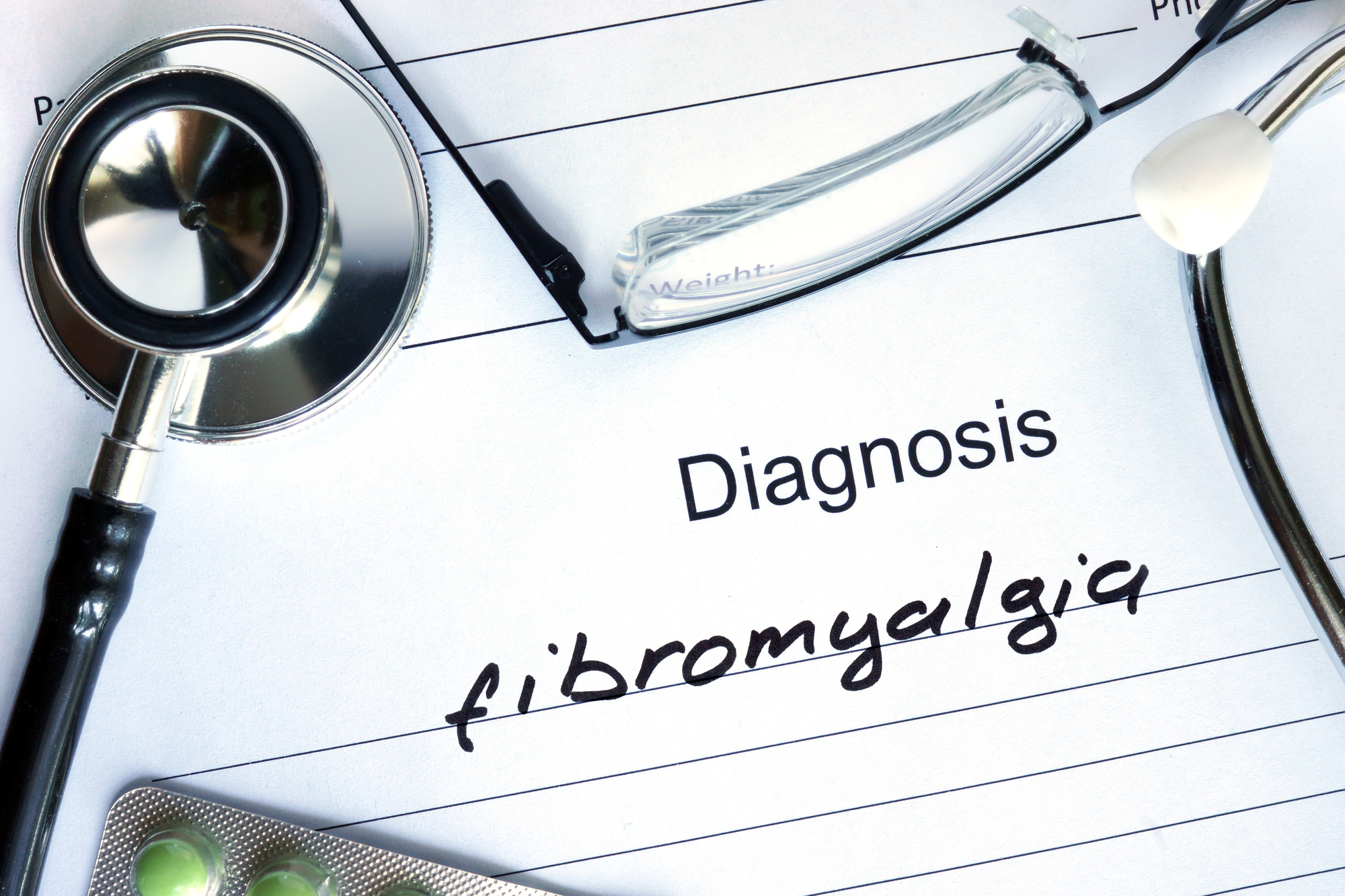-
Call us now
03 9088 8059 -
12 Wellington Parade
East Melbourne VIC 3002 -
Mon - Satday
08:00 to 20:00

Did you know that 20% of adults over 45 in Australia deal with chronic pain? One of the culprits of chronic and debilitating pain is fibromyalgia.
Fibromyalgia has challenged the medical community. Research is constantly trying to find the reason behind why fibromyalgia exists and how to treat it. If you or a loved one has been dealing with this diagnosis, you might be interested in learning more about alternative treatments for fibromyalgia.
Not only are they effective, but they can benefit your entire body and help you gain back the life you are missing out on. What are you waiting for?
We have put together a complete guide on fibromyalgia, alternative treatments, and how you can find treatments near you, so keep reading for more information!
What Is Fibromyalgia?
Fibromyalgia is a chronic diagnosis that does not have a definitive cause. Its main symptoms are globalized pain and fatigue.
It is not fully classified as an autoimmune disorder. Yet, it sometimes shares close ties with rheumatoid arthritis or lupus.
Some other common symptoms of fibromyalgia include:
- Cognitive impairments
- Sensitivity to extreme temperatures
- Sensitivity to loud noises
- Memory issues
- Depression
Some studies find that patients with fibromyalgia have a high-stress response. This stress leads to neuroinflammation.
Once this happens, chemicals are released that make a person highly sensitive to other stimuli. Things like getting up to move or cold temperatures can cause widespread pain.
Alternative Treatments for Fibromyalgia
There has recently been a push for alternative treatments for fibromyalgia that are natural and less harmful to the body. Studies have started to find that most people are transitioning to complementary and alternative medicine because of dissatisfaction with conventional medicine. Side effects from medications and expensive physician visits play a factor. If your symptoms don’t go away, you may likely feel inclined to try other routes.
But how can you decide which alternative and holistic treatment are right for you?
What Is Ayurveda?
Ayurveda brings together the concept that nature is made up of five key elements:
- Space
- Air
- Fire
- Water
- Earth
Nature and the human body operate seamlessly, and as these elements combine, they form different physiological reactions. For example, when space and air combine, it forms Vata dosha. This ‘dosha’ is responsible for the lower body, with the colon being the centre point.
There are approximately 80 different diseases that can be tied back to the Vata dosha. Things such as what we eat can create imbalances. When imbalances occur with the Vata dash bioforce, it can lead to anxiety and pain.
Ayurveda combines these doshas, but it also incorporates dhatus and malas. Dhatu is what gives the human body its shape. It includes aspects like cells, tissues, and organs.
Malas is what we excrete, such as urine, stool, and sweat. When we don’t properly eliminate these wastes, it can cause higher levels of irritation or contamination.
Panchakarma and Fibromyalgia Treatment
Insomnia, fatigue, and hypertension are key characteristics of fibromyalgia symptoms. These are closely tied back to your Vata dosha, which, when realigned with the other doshas, can help alleviate some of your symptoms. From an Ayurveda perspective, fibromyalgia risks can increase from poor nutrition, an increase in toxins, and an inefficient digestive system.
How does this work? Panchakarma is the primary treatment for fibromyalgia. There are two key characteristics that Panchakarma helps with:
- Eliminating toxins
- Improving nutrition
Ultimately, it helps cleanse and purify the body while bringing your doshas back into realignment. Some of the treatments practitioners use for this are oil massages, herbal enemas, and cleansing nasal passages.
As circulation improves, it helps flush out toxins and decrease inflammation. Panchakarma uses oils and herbs that act as a medium for carrying beneficial medicinal properties into the body and flushing out the toxins.
Other combined treatments use sweat as a natural mechanism for release. Some of the benefits of Panchakarma that work well for patients with fibromyalgia are:
- Improved metabolism
- Improved metabolism and digestion
- Rejuvenation
- Relaxation
Digestion plays a critical role in overall health and wellness. Your gut microbiome is a primary role player for immune health and regulates inflammation.
One of the reasons Panchakarma is useful for patients with fibromyalgia is its key attribute of boosting gut health. However, Panchakarma isn’t the only treatment option.
Other Ayurveda Treatments
There are two other Ayurveda fibromyalgia therapies that are also used:
- Ayurvedic massage
- Shashtika Shali Pinda Sweda
Ayurvedic massage also helps with circulation and facilitates improved digestion, which is commonly associated with fibromyalgia. It uses herb-infused oils that promote nervous system health.
Shashtika Shali Pinda Sweda is a hot bundle of traditional herbal poultice. The herbs facilitate toxicity release that is applied to specific areas. It works by using heat which helps enlarge pores and increase sweat.
Ayurvedic massages and Shashtika Shali Pinda Sweda are best used with Panchakarma for a more well-rounded treatment session.
You may also find yourself doing a combination of treatments and adding in other herbal remedies such as herbal steam therapy. Massage can help with circulation, which is critical for helping inflammation and digestive issues commonly associated with fibromyalgia.
Find Help For Fibromyalgia
Fibromyalgia symptoms can be debilitating and make it difficult to get through day-to-day tasks. Alternative treatments for fibromyalgia are starting to become the new normal since they are all-natural, less intrusive, and provide whole-body relief.
Ayurveda practitioners use multiple techniques, herbal remedies, and practices that can help you manage your fibromyalgia symptoms. These practices have been used for thousands of years and are safe, effective, and can help improve your health and wellbeing.
Are you ready to get started? Contact us today and schedule an online consultation!
